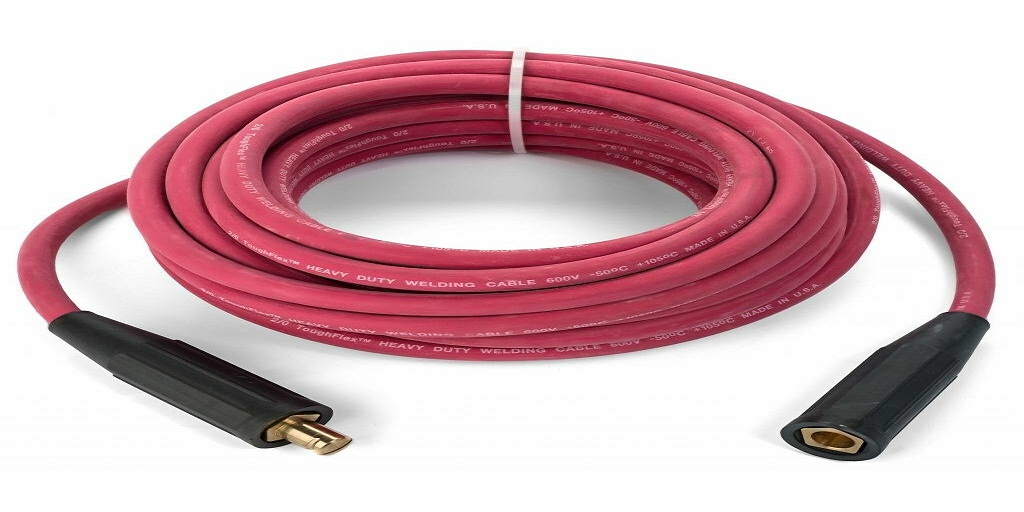No two electrical conductors are created identically. Even two evidently similar building wires rated at 600 volts might have vastly different insulations, be color coded to suit different applications, or even have slightly different gauges that will impact their suitability.
Furthermore, some types of wiring are uniquely suitable for a usage as residential wiring, whereas others are useful in wet locations or in industrial settings; other types of cable are more practical as leads for battery, for welding, or even for use in solar arrays as PV or photovoltaic cable.
The following are some of the high level features of electrical wire & cable that will impact their practicality, given their intended usage.
– Size (gauge) in electric wire & cable
Size is one of the most important functional features in electrical wire & cable, as size will directly impact the voltage rating of a given wire or cable and thus the amperage with which the cable or wire can assist.
Size in cables and wires is often given by a metric known as AWG, or American Wire Gauge, which is an inversely proportional measurement of the cable’s diameter and thus cross-sectional area. Generally speaking, the larger and thicker the wire or cable, the higher the voltage it can handle and the higher the current it can carry.
Using a properly sized and rated wire or cable is vital as poorly suited wire can overheat, leading to risks of fire and other hazards. It’s a simple rule to observe; make sure you use a properly rated cable.
– Strand count and flexibility
The flexibility of a given wire or cable will also impact a wire’s suitability for a given scenario, especially considering the fact that some wires and cables need to remain more flexible and mobile than others.
For example, two classes of cables that require a high level of flexibility are welding cable and marine battery cable, both of which need to remain flexible in order to be worked into position. Cables like these remain flexible largely because the manufacturers that create them make them with a high conductor count that prevents them from becoming too stiff or unmanageable.
– Durability of the insulation
The nature of electrical insulation will also directly impact the utility of the wiring it protects. For example, some electrical wiring is finished with insulation that protects it from light and abrasion, but is not particularly effective at shielding it from petrochemicals. Other armored cables may combine several forms of insulation with interlocking metal armor that protects them from mechanical damage.
A wire or cable’s insulation may variously protect it from heat, flame, weather, moisture, oil and gas, abrasion, acids and bases, and even ultraviolet light, along with other chemicals, impacting its utility.
– Wire color and labeling
Finally, wires are often color coded and labelled with practical information regarding the specifics of their gauge, insulation and other features. Color coding helps electricians identify wires for given uses.
For example, black and red wires are often used as leads for batteries, whereas green or bare copper wires are often used as ground wires. White, brown, and yellow are also commonly used colors in electrical insulation, but there are many other colors that are utilized.
In addition, a wire’s insulation is likely to be labeled with markings that indicate the type of insulation carried by the wire along with some other proprietary information to ensure safe handling and installation. However, when you’re in doubt about a wire’s capabilities, check with the manufacturer.
Ready to learn more about the nuances that distinguish between the various types of electric wire and cable? You can learn more from the experts over at the aptly named collective, EWCS Wire, or, more properly, the Electrical Wire and Cable Specialists.
Visit their website at EWCSWire.com, and take a look through their blog and other product resources. Hold your questions; if you can’t answer them on your own, try reaching their customer service team via their live chat, otherwise you can contact them via phone or email, at 800-262-1598 or [email protected], respectively.



